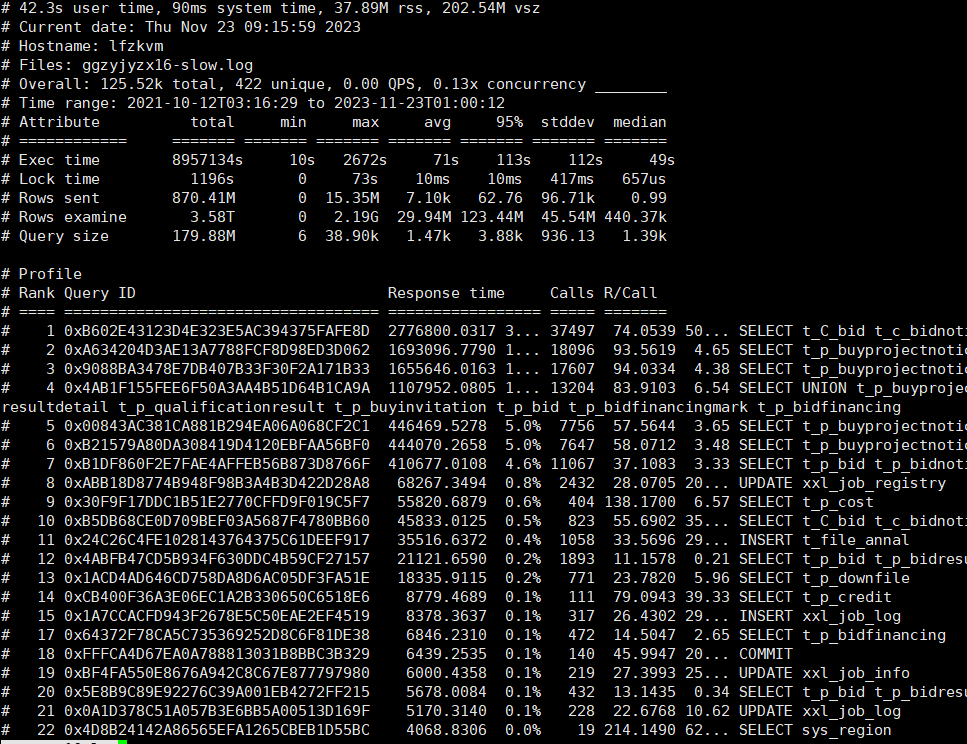六、OSPF-2 综合实验
实验拓扑 实验需求及解法 1.设备名称和部分IP地址已配置 2.所有设备运行OSPF,进程号为1 3.区域间路由汇总 4.外部路由汇总 5.下发默认路由 6. 虚链路
本实验模拟OSPF综合型网络,按照以下需求完成实验。 R3 :
interface GigabitEthernet0 / 0 / 1
ip address 192.168 .0 .3 255.255 .255 .0
#
R6 :
interface GigabitEthernet0 / 0 / 0
ip address 192.168 .0 .6 255.255 .255 .0
#
R7 :
interface GigabitEthernet0 / 0 / 0
ip address 192.168 .0 .7 255.255 .255 .0
2.1 手动设置Loobapck0的IP地址作为Router-id。 2.2 如图所示将各接口划入指定区域。ABR的Lo0划入区域0。 2.3 所有network命令均使用0.0.0.0的通配符。 2.4 区域0启用密文验证,验证方式为MD5,KEY-ID为1。 使用display命令可以查看到真实密码为“spoto”(不包含引号)。 2.5 区域1配置为NSSA区域。 2.6 区域2配置为stub区域,并配置为完全末节. 2.7 区域 3 为普通区域。在 R3/6/7 之间强制选择 R3 为 DR,没有 BDR。 R1 :
ospf 1 router- id 10.0 .1 .1
area 0.0 .0 .0
authentication- mode md5 1 plain spoto
network 10.0 .1 .1 0.0 .0 .0
network 10.0 .12 .1 0.0 .0 .0
network 10.0 .13 .1 0.0 .0 .0
network 10.0 .14 .1 0.0 .0 .0
#
R2 :
ospf 1 router- id 10.0 .2 .2
area 0.0 .0 .0
authentication- mode md5 1 plain spoto
network 10.0 .2 .2 0.0 .0 .0
network 10.0 .12 .2 0.0 .0 .0
area 0.0 .0 .1
network 10.0 .25 .2 0.0 .0 .0
nssa
area 0.0 .0 .3
network 10.0 .26 .2 0.0 .0 .0
#
R3 :
ospf 1 router- id 10.0 .3 .3
area 0.0 .0 .0
authentication- mode md5 1 plain spoto
network 10.0 .3 .3 0.0 .0 .0
network 10.0 .13 .3 0.0 .0 .0
area 0.0 .0 .3
network 192.168 .0 .3 0.0 .0 .0
#
R4 :
ospf 1 router- id 10.0 .4 .4
area 0.0 .0 .0
authentication- mode md5 1 plain spoto
network 10.0 .4 .4 0.0 .0 .0
network 10.0 .14 .4 0.0 .0 .0
area 0.0 .0 .2
network 10.0 .48 .4 0.0 .0 .0
stub no- summary
#
R5 :
ospf 1 router- id 10.0 .5 .5
area 0.0 .0 .1
network 10.0 .5 .5 0.0 .0 .0
network 10.0 .25 .5 0.0 .0 .0
nssa
#
R6 :
ospf 1 router- id 10.0 .6 .6
area 0.0 .0 .3
network 10.0 .6 .6 0.0 .0 .0
network 10.0 .26 .6 0.0 .0 .0
network 192.168 .0 .6 0.0 .0 .0
network 192.168 .6 .1 0.0 .0 .0
interface GigabitEthernet0 / 0 / 0
ospf dr- priority 0
#
R7 :
ospf 1 router- id 10.0 .7 .7
area 0.0 .0 .2
network 10.0 .78 .7 0.0 .0 .0
stub
area 0.0 .0 .3
network 10.0 .7 .7 0.0 .0 .0
network 192.168 .0 .7 0.0 .0 .0
network 192.168 .7 .1 0.0 .0 .0
interface GigabitEthernet0 / 0 / 0
ospf dr- priority 0
#
R8 :
ospf 1 router- id 10.0 .8 .8
area 0.0 .0 .2
network 10.0 .8 .8 0.0 .0 .0
network 10.0 .48 .8 0.0 .0 .0
network 10.0 .78 .8 0.0 .0 .0
stub
3.1 在R6的Lo6口和R7的Lo7口上修改网络类型,使得OSPF产生24位路由。 R6 :
interface LoopBack6
ospf network- type broadcast
R7 :
interface LoopBack7
ospf network- type broadcast
3.2 R1去往区域3的 192.168.0.0/24 192.168.6.0/24 192.168.7.0/24有R2和R3两条可用路径。 在R2上将这三条路由汇总为192.168.0.0/16,使得R1优先走R3去往区域3。 < R1 > dis ip routing- table protocol ospf
有10.0.13.2和10.0.13.3两个可用下一跳 R2 :
ospf 1 router- id 10.0 .2 .2
area 0.0 .0 .3
abr- summary 192.168 .0 .0 255.255 .0 .0
#再次查看R1 的路由表
< R1 > dis ip routing- table protocol ospf
根据最长匹配原则,会选择10.0.13.3作为最佳下一跳。10.0.12.2成为备用下一跳。 R5上有四条外部路由如下: 172.16.0.1/24 172.16.1.1/24 172.16.2.1/24 172.16.3.1/24 R5将以上四条路由汇总为172.16.0.0/22,再发布到OSPF。 R5 :
ospf 1 router- id 10.0 .5 .5
import - route direct
asbr- summary 172.16 .0 .0 255.255 .252 .0
R1作为OSPF系统的总出口,上连骨干网。(使用Lo1模拟骨干网) 在R1上下发默认路由到OSPF系统内,使得所有设备可以访问1.1.1.1。 R1 :
ospf 1 router- id 10.0 .1 .1
default - route- advertise always
解析:OSPF引入外部路由时,不能引入默认路由。只有使用命令default-route-advertise才能引入默认路由,且前提条件是本地必须有默认路由。加上always参数后,无论本地是否有默认路由,都可以直接下发默认路由。 在区域2中,R8需要高可靠性链路保障,完成以下需求: 6.1 将R8的S1/0/0接口cost值修改为65535。 使得R4作为主要链路,R7作为备份链路。 R8 :
interface Serial1 / 0 / 0
ospf cost 65535
6.2 R7与R3建立虚链路,使得R7成为ABR。 当R8-R4链路故障时,R8可以从R7接收到OSPF路由。 (提示:需要考虑需求2.4和2.6。) R3 :
ospf 1 router- id 10.0 .3 .3
area 0.0 .0 .3
vlink- peer 10.0 .7 .7
#
R7 :
ospf 1 router- id 10.0 .7 .7
area 0.0 .0 .3
vlink- peer 10.0 .3 .3
area 0.0 .0 .0
authentication- mode md5 1 plain spoto
在需求2.4中区域0需要启用区域验证。当R7通过Vlink进入区域0后,也需要启用验证。 area 0.0 .0 .2
stub no- summary
在需求2.6中要求配置为完全末节,此时R7成为区域2的ABR,也需要配置no-summary。 6.3 当R8-R4链路故障恢复时,需要快速建立邻接关系:
R4 :
interface GigabitEthernet0 / 0 / 1
ospf network- type p2p
ospf timer hello 3
R8 :
interface GigabitEthernet0 / 0 / 0
ospf network- type p2p
ospf timer hello 3
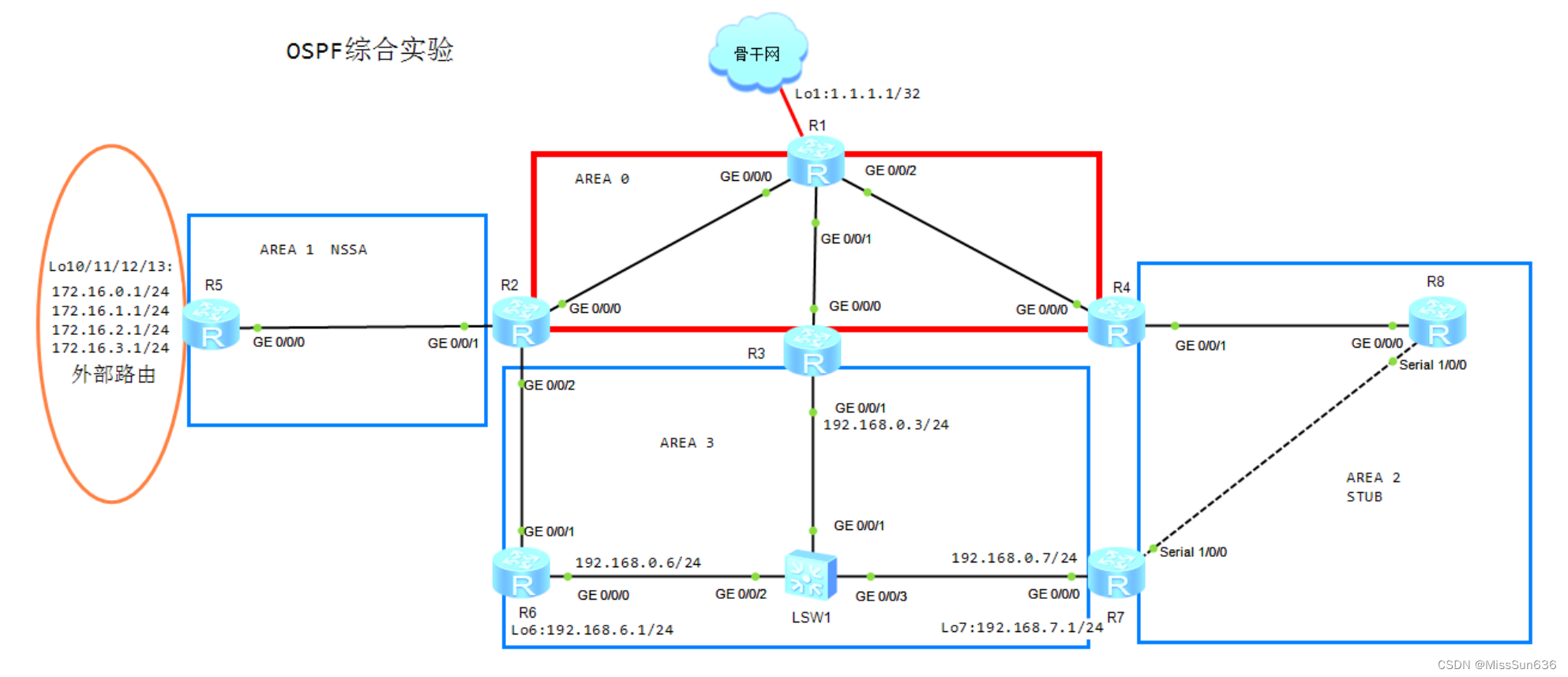


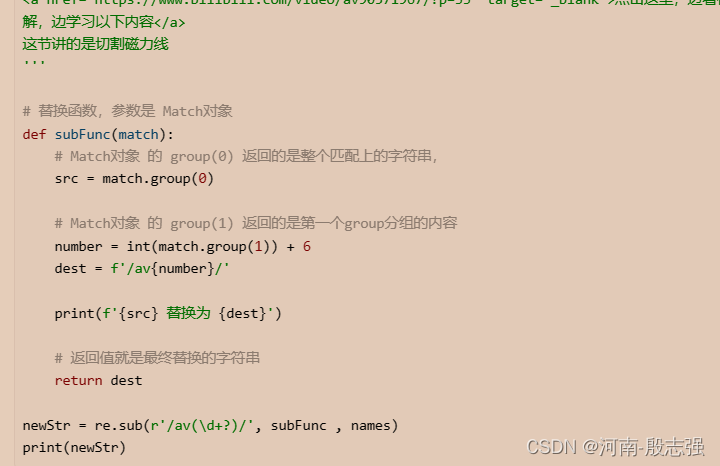

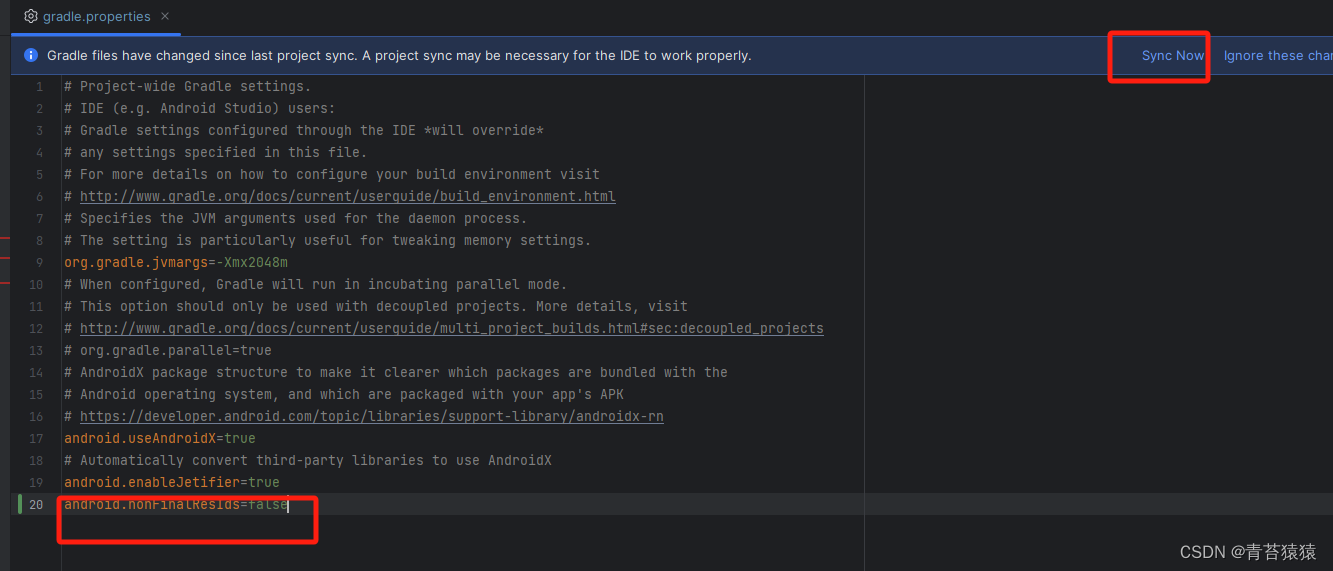
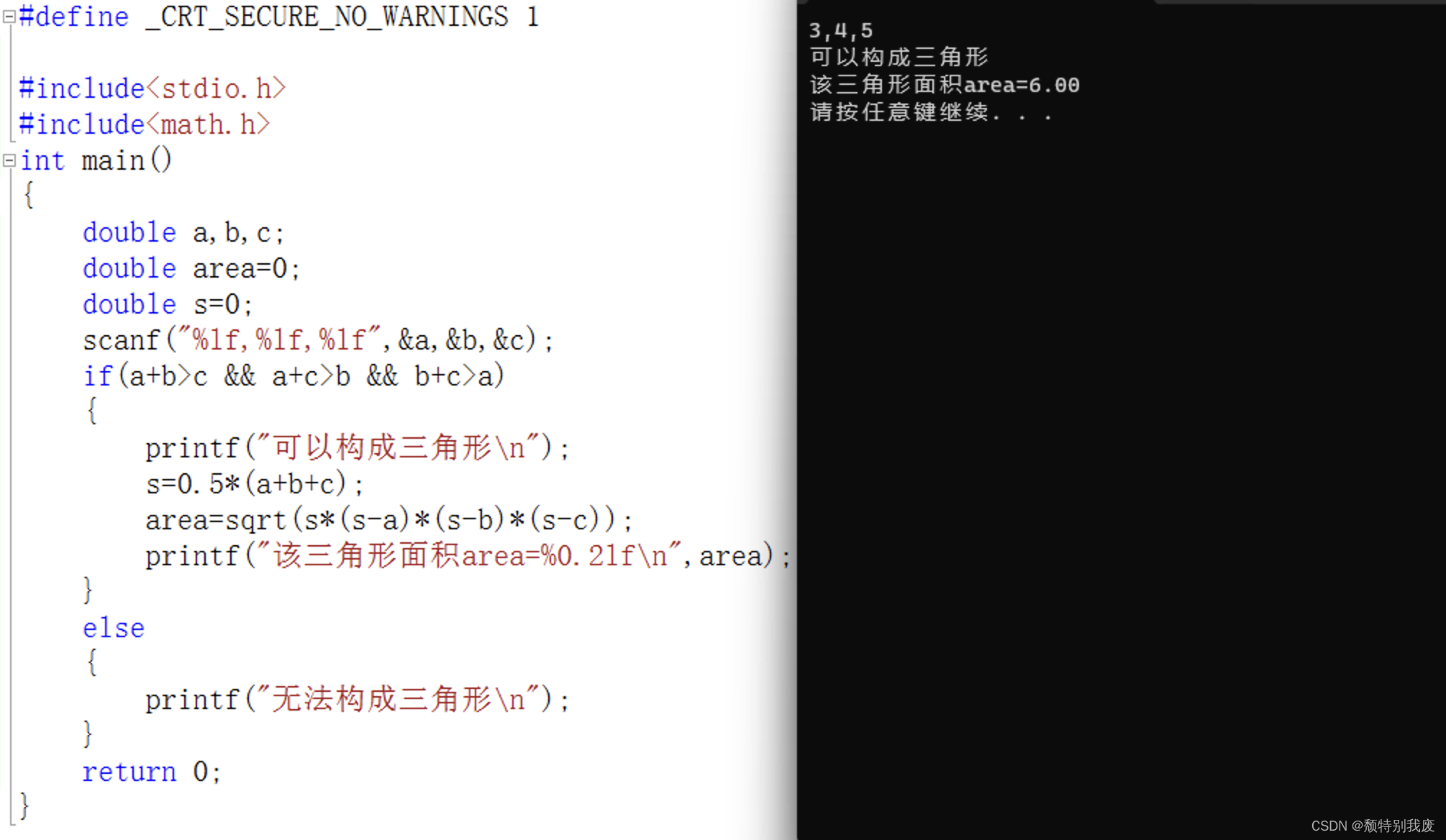

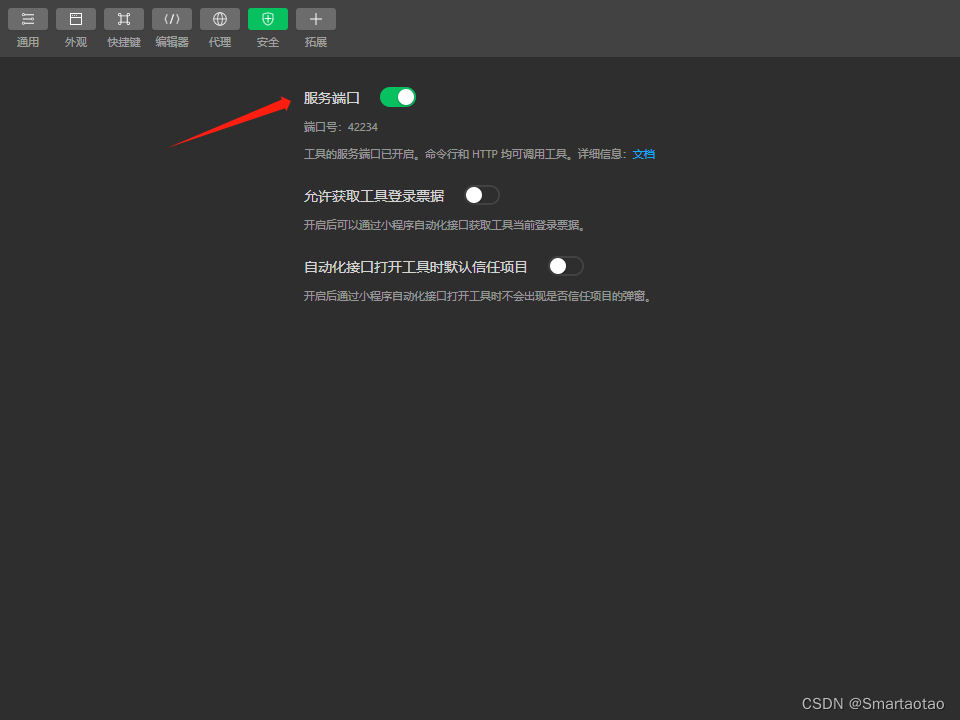




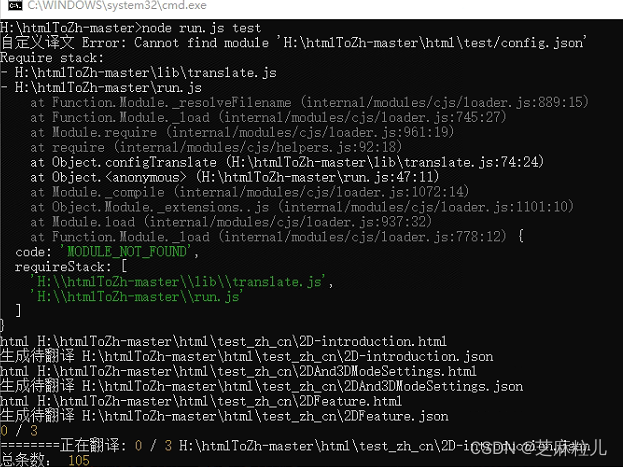


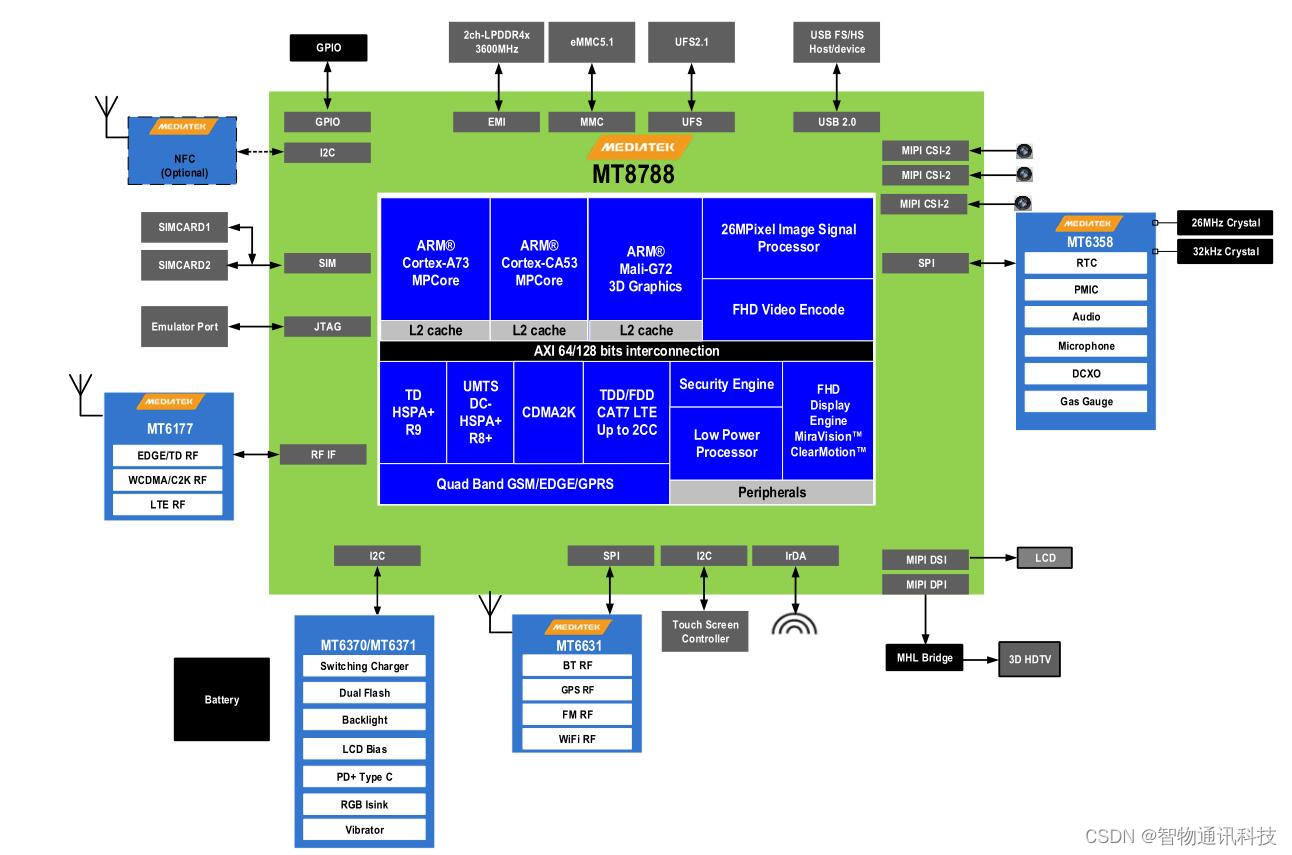


![[点云分割] Clustering of Pointclouds into Supervoxels](https://img-blog.csdnimg.cn/b8440142c52045e0b39141cdc8a594f1.png)


